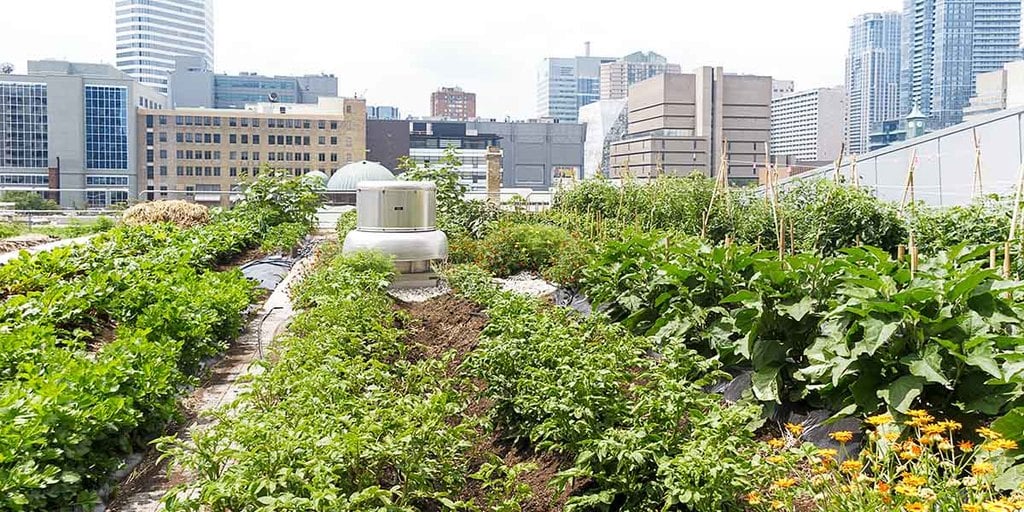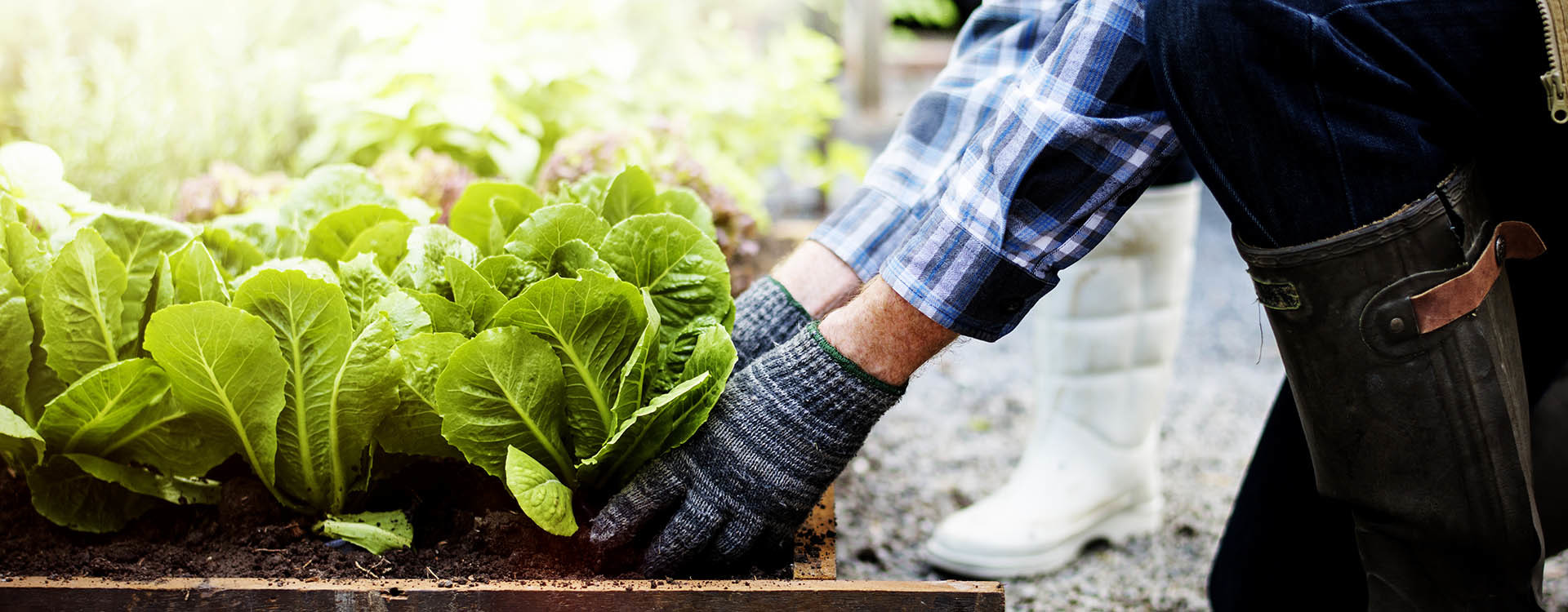The Best Guide To City Blooming
Table of Contents5 Simple Techniques For City BloomingThe Facts About City Blooming UncoveredGetting The City Blooming To WorkThe Definitive Guide for City BloomingThe Best Guide To City Blooming
Fascinated in expanding food for sale in the City of Chicago? Below is a checklist of frequently asked concerns relating to the regulations and laws that cultivators need to consider when intending a city farming task.
The zoning change does not change any kind of various other codes handling composting, structure licenses, buying or leasing City possessed residential property, service licenses or environmental contamination. There are existing codes that control these issues and they stay in full result and may apply to your project. Area yards are commonly owned or managed by public entities, civic companies or community-based organizations and kept by volunteers.
Urban farms expand food that is meant to be marketed, either on a nonprofit or for-profit basis. As a result of their commercial objective, city ranches require a company certificate. Yes. A neighborhood garden is enabled to offer excess generate that was grown on site if the sales are accessory or subservient to the garden's key function described above.
The smart Trick of City Blooming That Nobody is Discussing
Composting is enabled however only for plant product that is created and made use of on website. The quantity of compost product can not surpass 25 cubic lawns at any provided time according to the requirements in 7-28-715 of the City's Municipal Code. Yes. Because the soil at most new yard websites needs amending, compost, dirt, timber chips, or various other products can be acquired to construct or enhance the growing space - sustainable gardening.

If a building authorization is needed then the hoophouse will be considered an accessory structure. You can find out even more about the structure license needs by getting in touch with the Department of Buildings. The 25,000-square-foot size limit is intended to avoid a single area garden from dominating a provided block or interfering with the block's existing property or commercial personality.
The restriction does not apply to gardens located in Public Open Space (POS) districts. Can there Get the facts be more than one neighborhood garden that is 25,000 square feet on a solitary block? Fence is not called for, nonetheless, yards that have huge vehicle parking areas might be needed to set up fencing or various other landscape design features.
How City Blooming can Save You Time, Stress, and Money.
B1 & B2 areas call for that all industrial use tasks be carried out indoors. Is fence needed for urban farms? Fences might be needed, along with landscaping and testing, for particular parking locations and exterior work or storage space areas depending on location and the details task taking location.
Urban farms call for building permits and zoning approvals prior to construction (fruit and vegtables). Various other kinds of city testimonial might be called for depending on particular structures, tasks, size, landscape design, licensing, public heath and stormwater monitoring issues.
The Department of Service Affairs and Consumer Security can help identify the particular kind of company permit that's needed. Off street car parking is required for many industrial projects in Chicago. The needed number of car park rooms is based on the number of employees functioning on website and not the square footage of the growing space.
Indicators on City Blooming You Should Know

Yes. A city farm can offer garden compost material produced on website, nevertheless, the procedure must adhere to the guidelines in 7-28-715 of the Chicago Municipal Code. Yes. Aquaponic systems are permitted inside on urban farms in many zoning areas. A zoning review and structure authorization is called for in order to set up frameworks or systems and an organization permit is needed as defined over.
Approximately five hives or swarms of honey bees may be kept as an accessory usage. Beekeepers need to register with the Illinois Department of Farming. For more details regarding the suggested zoning amendment you might speak to the Division of Housing and Economic Growth, Bureau of Planning and Zoning at 312.744.8563.
Farming in cities and urban areas A city ranch in Chicago. Urban farming describes numerous practices of cultivating. https://www.evernote.com/shard/s416/sh/76427f1e-db42-71c3-1e07-e8ebfa2fefe5/AF51jmfHpNcDRC9u_dl3krlbzdyP7xITRgVg4ufD6qAMWS5gU0WOhxsSWA, handling, and dispersing food in metropolitan locations. The term also uses to the area activities of animal husbandry, tank farming, beekeeping, and horticulture in a city context. Urban farming is differentiated from peri-urban farming, which takes area in country locations at the side of suburbs.
Some Of City Blooming
, who look for to develop social networks started on a common values of nature and area holism. These networks can develop by method of official institutional support, coming to be integrated right into local community planning as a "change town" activity for lasting urban advancement.
In either instance, the more straight accessibility to fresh veggie, fruit, and meat products that may be realised through metropolitan agriculture can enhance food security and food safety while decreasing food miles, bring about reduced greenhouse gas discharges, consequently adding to environment change mitigation. Several of the very first evidence of metropolitan agriculture comes from Mesopotamia.